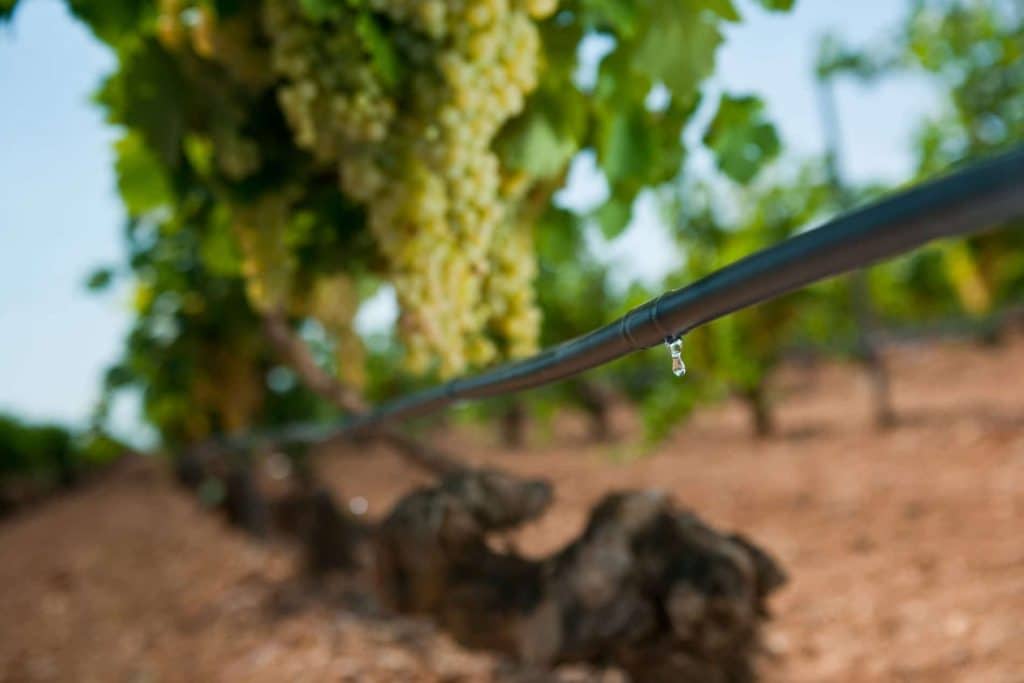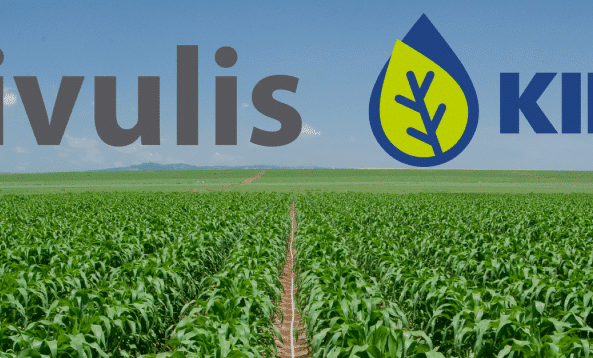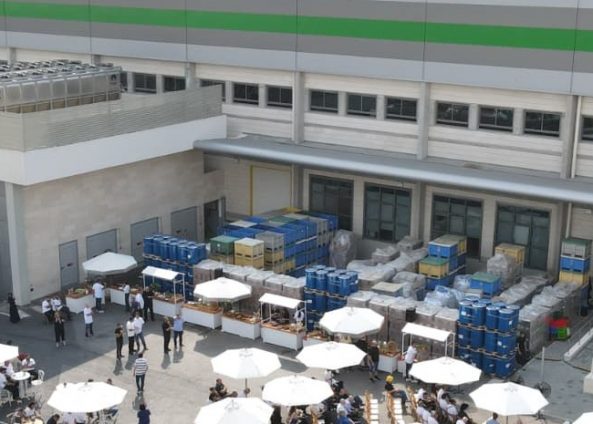
A little maintenance pays off big rewards in drip irrigation
By Matt Clift
Your micro irrigation system is a crucial investment to achieve high yielding quality produce. A few simple maintenance tips will help ensure your investment continues to pay off for many years to come.
It starts at design
The reality is, if you don’t start with a good design, you will forever be ‘chasing your tail’ when it comes to maintenance.
To give a specific example, periodically you need to flush your irrigation laterals. Simply this means to open the end of the laterals and so that high velocity water removes any built-up contaminants. Flushing requires a higher velocity, and therefore higher volume of water than used while irrigating. If you don’t have this head-room in your design for this extra flow, you will never be able to properly flush your system.
We have found that a lot of designs ‘cut-corners’ to make a cheaper installation, but they do not allow room for flushing and therefore shave years of life off the system. At Rivulis, we are most interested in your long-term success. Our hydraulic design team will ensure that your system is designed to not just operate effectively on start-up, but to provide consistent results year after year.
Create an irrigation maintenance program
When it comes to maintenance programs, there is no one size fits all. The irrigation maintenance program for a single season use drip tape application on vegetables with a ground water source will be totally different to a multi-year subsurface drip irrigation system from an open reservoir source. Similar to having a good design, it pays to partner with an irrigation company that can develop a maintenance schedule for your specific needs.
The first step in building a maintenance program is to test the water to understand how often the pipes must be flushed and what chemicals should be used. As a general rule, in harder water environments where minerals are present, a flushing program with acid may be required to remove any mineral build up in the pipes. In environments with high load of organic material, a treatment with chlorine or hydrogen peroxide may be needed.
These are just two examples of the many variables which need to be considered when developing a full maintenance program. Additionally, the program should include both flushing of pipes and cleaning of filters.
A side note, while too little acid will not be effective, too much can damage your soil and the plant roots. There are specific dosage rates based upon the chemical being used. Rivulis can assist you with developing this prescription.
Monitor, monitor, monitor!
Upon system commissioning, it is important to have a defined range of pressures and flow-rates at each stage of the irrigation system. This is your baseline and you should continually monitor for any variance from these ranges.
An increase of pressure indicates blocked drippers. You should take urgent measures to eradicate this build-up through flushing. You may also need a more aggressive acid treatment if the issue is due to root intrusion.
An increase of flow can indicate pipe breakage, where the break needs to be found and fixed immediately.
Both of these are critically important because both mean that some plants are not receiving the irrigation water they require. However, these are corrective measures. Our recommendation is to focus on preventative measures to reduce the amount of corrective measures you need to undertake.
Maintenance need not be difficult particularly when it comes to a drip irrigation system. By following these simple maintenance tips you’ll have an efficient system that will last for years to come.





